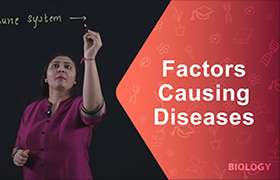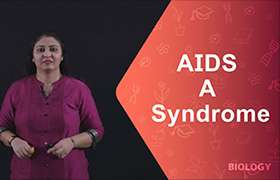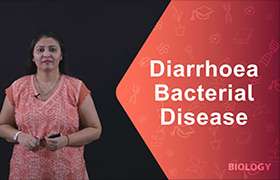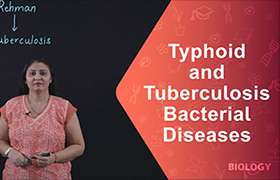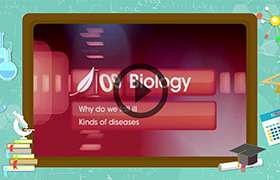CBSE Class 9 Answered
(c)
|
Infectious Disease |
Non- Infectious Disease
|
|
(a) They are spread from one person to the other. |
(a) They are not spread or contaminated from the others. |
|
(b) The patient can experience a wide variety of symptoms such as fever, headache
|
(b)In case of non infectious diseases, the symptoms are not always visible. |
|
(c) Examples includes AIDS, cholera, herpes etc. |
(c) Examples include heart attacks, strokes, paralysis. |
|
(d) It involves the spread of pathogenic microbial agents, including viruses, bacteria, fungi, protozoa.
|
(d) They do not involve any microbial agents and not secondary to an organism and are not contagious |
|
(e) They have got vaccines and immunizations for curing. |
(e) Non-infectious diseases do not involve any immunization. |

